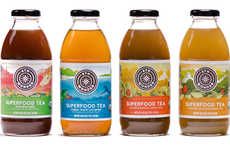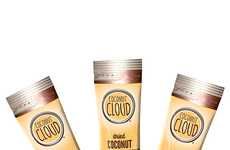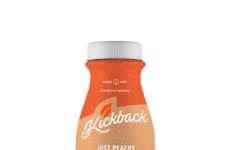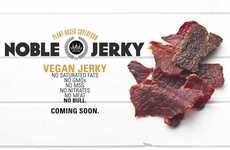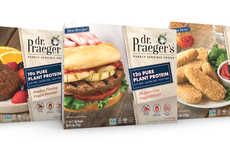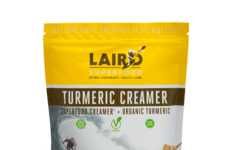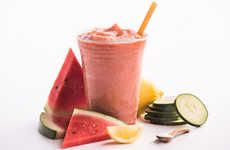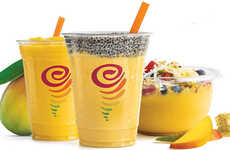

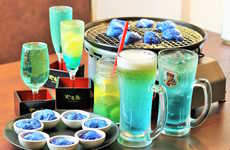
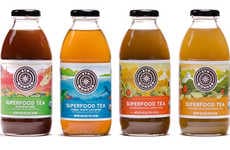
Superfood ingredients are included in less "sophisticated" food items
Implications - Superfoods have long been associated with more high-end dishes and health-focused items, but they are now being incorporated into formats that have traditionally been viewed as less "luxurious." These products are able to change the perception of superfood-branded items into something that is more accessible, and that is able to appeal to a wider range of consumers.
Workshop Question - How can your brand prioritize accessibility?
Trend Themes
1. Mainstream Superfood - Superfoods are now being incorporated into formats that have traditionally been viewed as less "luxurious".
2. Plant-based Meat Alternative - Plant-based alternatives such as Right Treat's Omnipork are disrupting the meat industry by providing sustainable, nutritious and vegan alternatives to traditional meat products.
3. Superfood-infused Products - Brands are infusing superfoods into unexpected products such as Laird Superfood's Non-Dairy Single-Serve 'Go-Packs' to cater to the consumer who wants to easily optimize their on-the-go drinking experience with a nourishing Superfood Creamer.
Industry Implications
1. Food and Beverage - The food and beverage industry is evolving and incorporating superfoods as mainstream ingredients and plant-based alternatives are disrupting the traditional meat industry.
2. Health and Wellness - The trend toward incorporating superfoods into mainstream products is driven by a consumer focus on leading a more balanced and healthy lifestyle.
3. Hospitality - Menus are evolving in the hospitality industry to incorporate and celebrate superfoods as seen in Ponto-cho Yakiniku Yaruki & Yakiniku Bare Yaruki's blue horumonyaki dish to celebrate team Japan during the World Cup.



